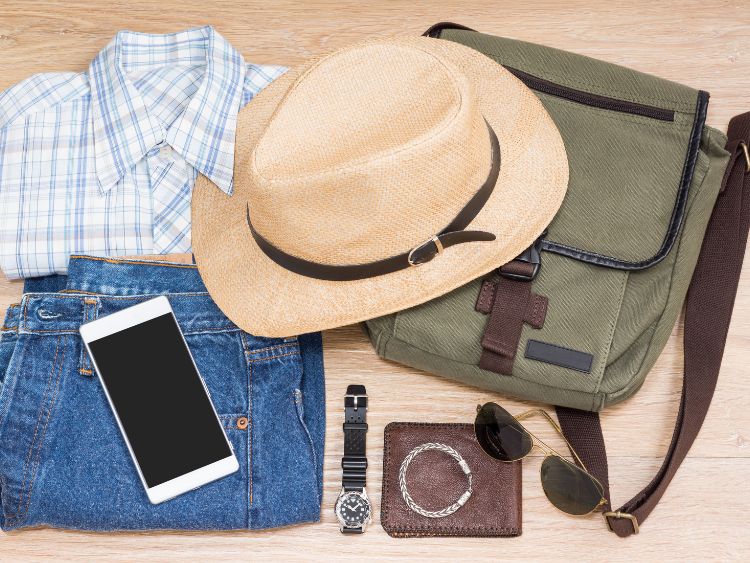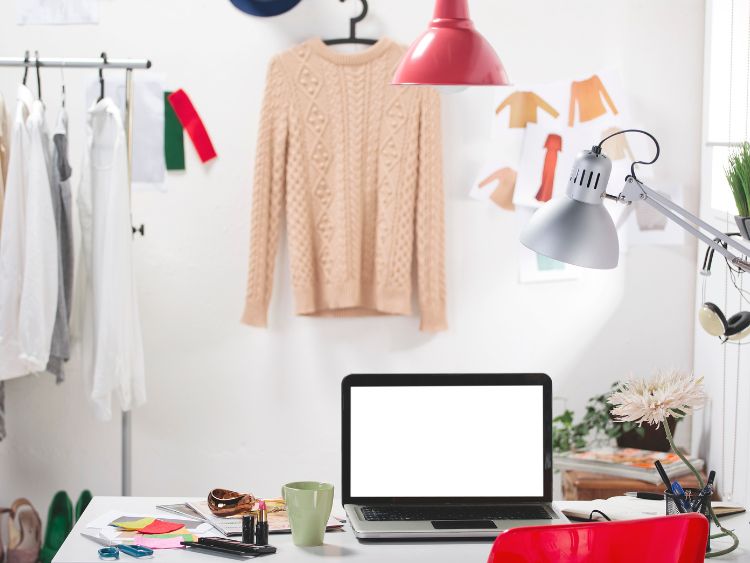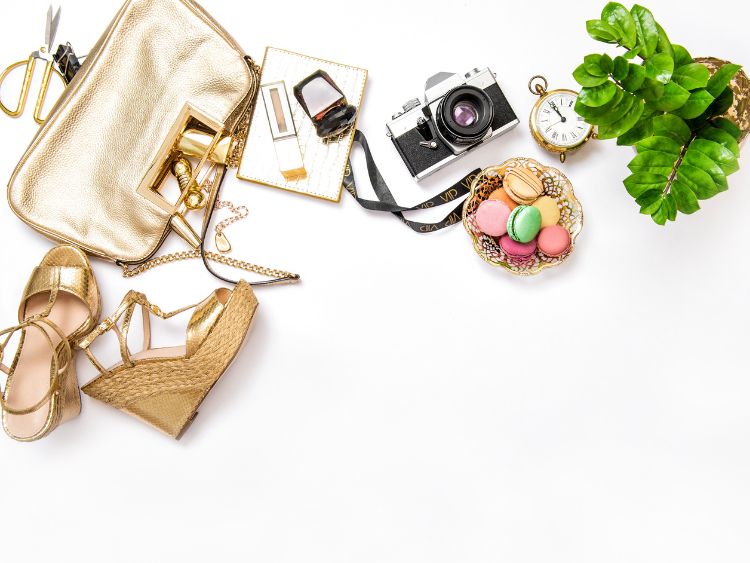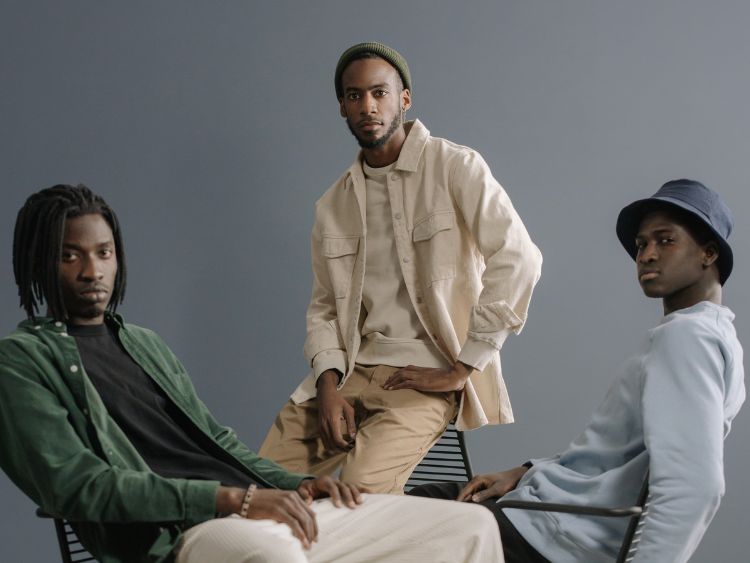The 1970s were an iconic decade for fashion, with bold, expressive, and vibrant styles that reflected the era’s cultural and social revolutions. From disco queens to rock ‘n’ roll kings, the fashion trends of the ’70s pushed boundaries, challenged conventions, and set the stage for future fashion trends. In this article, we’ll take a deep dive into the unique and unforgettable styles that defined ’70s fashion, exploring how these trends have influenced modern clothing and why they remain a beloved part of fashion history.
The Era of Expression
If there’s one word that defines ’70s fashion, it’s freedom. The decade embraced individuality and self-expression, where both men and women weren’t afraid to stand out. From the rise of disco to the influence of hippie culture, every trend reflected a broader social movement. So, buckle up as we step back in time and revisit the fashion moments that shaped the world.
The Fashion Icons of the 70s
Before we delve into the specific trends, it’s important to acknowledge the fashion icons who made the ’70s unforgettable. Who could forget the effortlessly cool David Bowie, with his gender-bending outfits and avant-garde looks? Or Cher, the queen of the disco scene, whose sparkly dresses and bold makeup became legendary? Then there was Farrah Fawcett, whose laid-back California style, complete with bell-bottoms and feathered hair, became a signature look of the decade.
These icons weren’t just trendsetters – they were revolutionaries, paving the way for bold fashion statements and pushing the boundaries of what was considered stylish.
Bell-Bottoms: The Flares That Ruled
When you think of ’70s fashion, you probably picture one thing: bell-bottoms. These wide-legged trousers were everywhere during the decade. Tight at the top and flared out from the knees down, bell-bottoms gave off a relaxed yet fashionable vibe. They were typically paired with platform shoes, making a bold statement with every step.
Bell-bottoms came in a variety of fabrics, from denim to corduroy, and were often decorated with patches or embroidery to add a personal touch. They weren’t just for women – men rocked bell-bottoms too, often with psychedelic shirts for that signature 70s look. Want to bring this style into the modern age? Look for high-waisted flares that give a nod to the past while staying current.
Disco Fever: Sequins and Glamour
The ’70s saw the rise of disco culture, and with it, a dazzling array of glitzy fashion. Think of Studio 54, with its flashing lights, pulsing music, and fabulous outfits. Disco fashion was all about glitz, glamour, and excess. Sequins, metallic fabrics, and plunging necklines ruled the dance floor. For women, tight-fitting dresses that shimmered in the disco lights were a must. Men often wore wide-collared shirts with vibrant patterns, paired with shiny suits and platform shoes.
Whether it was for a night at the discotheque or a casual day out, the disco influence left its mark on ’70s fashion, creating a trend that was unapologetically flashy and fun. Today, the sparkle of the disco era can still be seen in party wear, with metallic fabrics and sequins making regular comebacks on the runway.
Bohemian Vibes: Embracing the Hippie Look
While disco was all about glam, another trend emerged from the counterculture movement – bohemian fashion. Inspired by the late ’60s hippie movement, bohemian style in the ’70s was laid-back and natural. Flowing maxi dresses, peasant blouses, and fringed vests became staples in many wardrobes. Natural fabrics like cotton and suede, earthy tones, and floral prints were key elements of this trend.
Accessories like headbands, large sunglasses, and peace sign jewelry added to the look. The boho vibe was perfect for festivals like Woodstock, where fashion was more about comfort and expressing one’s free-spirited nature.
The Power Suit: Women’s Fashion Takes Charge
The ’70s weren’t just about casual styles and nightlife looks. The decade also marked a significant change in women’s professional fashion. As more women entered the workforce, they sought clothing that was stylish yet appropriate for the office. Enter the power suit. Inspired by men’s tailoring, women began to wear wide-legged trousers paired with blazers, often in bold colors or pinstripe patterns.
This fashion trend symbolized empowerment and the shifting roles of women in society. While the ’70s power suit was a statement of gender equality, modern versions continue to dominate runways, often with more tailored cuts but still carrying that aura of strength and confidence.
Punk: Rebellion in Fashion
Toward the end of the ’70s, a new subculture emerged that turned fashion on its head – punk. Influenced by bands like the Sex Pistols and The Clash, punk fashion was a direct rebellion against mainstream styles. It was raw, edgy, and full of attitude. Safety pins, torn clothing, leather jackets, and studded accessories became punk’s uniform. Hair was often dyed in bright colors or styled into mohawks, further emphasizing the anti-establishment ethos.
Punk fashion was more than just a trend; it was a political statement. Today, the punk aesthetic continues to influence streetwear and high fashion, with designers often incorporating rebellious elements into their collections.
Key Accessories of the ’70s
No ’70s fashion look would be complete without the right accessories. Here are a few iconic pieces:
- Platform Shoes: Whether paired with bell-bottoms or a disco dress, platforms were a must. They gave extra height and added flair to any outfit.
- Sunglasses: Oversized shades were all the rage, with round or square frames being the most popular shapes.
- Headscarves and Bandanas: Tied around the head or neck, these accessories added a chic touch to bohemian and casual looks.
- Jewelry: Bold, chunky jewelry made from wood or metal was often worn, especially in bohemian styles.
FAQs About ’70s Fashion
- What were the most popular fabrics used in ’70s fashion?
Fabrics like denim, corduroy, polyester, suede, and cotton were commonly used in ’70s fashion. For disco wear, materials like satin, velvet, and sequins were also quite popular. - Why are bell-bottoms so associated with ’70s fashion?
Bell-bottoms were a key fashion trend that embodied the relaxed and expressive spirit of the ’70s. Their unique flare and versatility made them a staple for both casual and party attire, defining the decade’s style. - How did punk fashion challenge mainstream trends in the ’70s?
Punk fashion rebelled against the glamor and excess of disco and mainstream culture. It embraced raw, DIY aesthetics with torn clothing, safety pins, and leather, creating a stark contrast to the polished looks of the time. - Can ’70s fashion still be worn today?
Absolutely! Many elements of ’70s fashion, like bell-bottoms, platform shoes, and bohemian styles, have made comebacks in modern fashion. Mixing these retro styles with contemporary pieces creates a unique and stylish look.
Conclusion: The Lasting Legacy of ’70s Fashion
The ’70s may have been several decades ago, but its influence on fashion is undeniable. From bell-bottoms and disco fever to punk rebellion and bohemian vibes, the trends of the ’70s were diverse, daring, and iconic. Today, we still see these styles making their way into modern fashion, proving that the ’70s was more than just a trend – it was a revolution.
As we look back on ’70s fashion, it’s clear that the decade left an indelible mark on the world of clothing, inspiring future generations to embrace individuality and express themselves through what they wear.
Authoritative Sources
- https://www.fashionhistory.fitnyc.edu
- https://www.thefashionarchive.com
- https://www.historyoffashion.com



